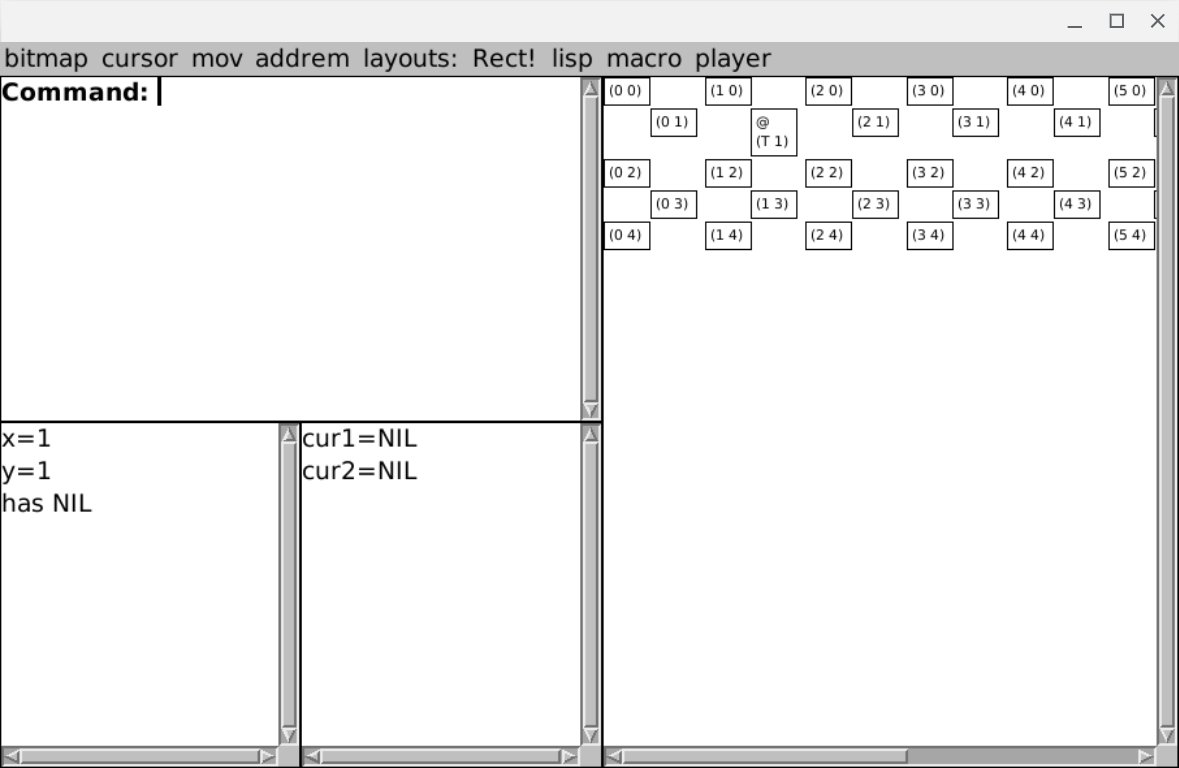Just finished writing another tool, now I can see NINE known compromised packages are still up for download on NPM! ⚠️
This tool crawls the list of known bad packages and downloads the latest bundle.
It then runs my other checks against the downloaded bundle and logs the results.
https://github.com/datapartyjs/walk-without-rhythm
#WalkWithoutRhythm #Sha1Hulud #NPM #GitHub #Microsoft #nodejs #javascript #cybersecurity #devlog #bash












